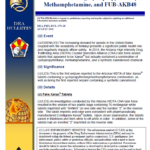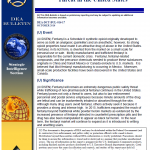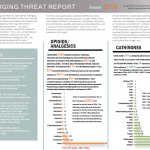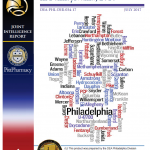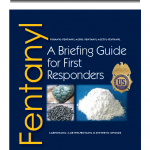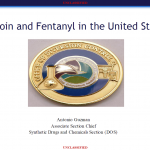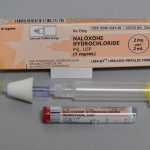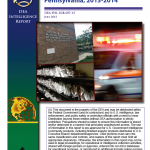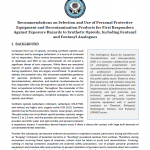
Increased illicit use of opioids, including synthetic opioids such as fentanyl and its analogue carfentanil, is a source of increased risk to responders. Most routine encounters between patients or detainees and EMS or law enforcement do not present a significant threat of toxic exposure. While there are anecdotal reports of public safety personnel being exposed to opioids during operations, they are largely unconfirmed. To proactively address the potential risks, this document establishes guidance for personal protective equipment selection and use, decontamination, detection, and medical countermeasures for first responders who may be exposed to opioids in the course of their occupational activities. Throughout the remainder of this document, the term synthetic opioids will be used to include fentanyl, fentanyl analogues, morphine analogues, the U-series opioids, and others.
Read more →
